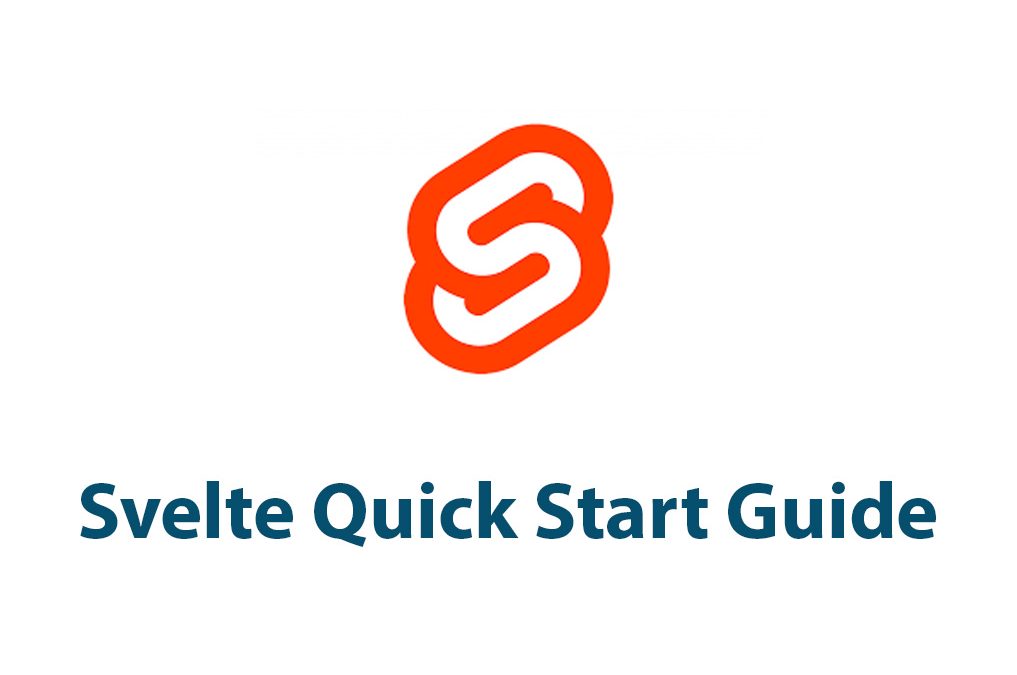Introduction
Welcome to the Svelte universe! Look no further if you’re seeking for a fresh, lightweight framework for your upcoming web development project. Svelte is intended to be lightweight and simple to learn, while also making web development easier and more effective.
I’ll walk you through a quick start tutorial for Svelte in this article to help you get started. Along the way, I will share some tips and methods to help you code like a pro. We will cover everything from installation to deployment.
Installation and Setup
Svelte needs to be set up on our computer before we can begin using it. It’s quick and easy, which is fantastic news.
Making ensuring Node.js is installed on your machine should be your first priority. Once you have Node.js, you can use the npm package manager to install Svelte. Run the following command after opening your terminal:
npm install -g svelteSvelte will be installed worldwide on your system as a result of this command, making it accessible from anywhere.
After installing Svelte, we must set up our development environment. Utilizing the slimline app template is the simplest way to get started. Let’s start by using the following command to create a new Svelte app:
npx degit sveltejs/template my-svelte-appThis will create a new Svelte app in a folder named my-svelte-app. Navigate to this folder by running the following command:
cd my-svelte-appNow, let’s install the necessary dependencies by running the following command:
npm installBasics of Svelte
Svelte’s component-based architecture is one of its many outstanding features. An independent piece of code called a component can be utilized repeatedly throughout your project.
A component is simple to make. Simply create a new file with any name you like in the src folder. Let’s make a component called MyComponent.svelte as an illustration.
To define our component in this file, we can utilize HTML, JavaScript, and CSS. Here is an illustration of what a component might resemble:
<script>
export let name;
</script>
<h1>Hello {name}!</h1>
<style>
h1 {
color: red;
}
</style>This component will display a red header that says “Hello” followed by whatever name is passed to it.
To use this component elsewhere in your app, simply import it by adding the following line of code to your app.js file:
import MyComponent from ‘./MyComponent.svelte’;
After importing the component, you can use it in your HTML like this:
<MyComponent name="John" />This will display the MyComponent with the name “John” passed to it.
Data Binding
One of the most powerful features of Svelte is data binding. Data binding allows you to keep your app in sync with the state of your data.
There are two types of data binding in Svelte: one-way and two-way. One-way data binding updates the state of your app when the data changes. Two-way data binding updates both the state and the data when either is changed.
Here’s an example of one-way data binding:
<script>
let count = 0;
function handleClick() {
count += 1;
}
</script>
<button on:click={handleClick}>
Clicked {count} times
</button>This code defines a variable called “count” and a function called “handleClick” that increments the count when the button is clicked. The “onClick” attribute of the button binds the “handleClick” function to the click event of the button.
Svelte and CSS
Styling components in Svelte is easy. You can use CSS just like you would in any other web app. However, there is a difference in how styles are applied in Svelte.
In Svelte, styles are scoped to the component. This means that any styles you define in a component only apply to that component and its children.
Here’s an example of how you might style a component in Svelte:
<style>
h1 {
color: red;
}
</style>
<h1>Hello World!</h1>This code defines a style for the h1 element that sets the font color to red. Because the style is defined inside the component, it is scoped to that component.
Svelte and Routing
Svelte makes it easy to implement routing in your app. The @sveltejs/kit library provides a simple and efficient way to handle routes.
To use routing, first, you need to install the @sveltejs/kit library. You can do this by running the following command:
npm install –save-dev @sveltejs/kit
After installing the library, you can add routes to your app by adding a routes.js file to your src folder. Here’s an example of what a routes.js file might look like:
import { load } from '@sveltejs/kit';
export const routes = [
{
// Home page
name: 'index',
pattern: '/',
load: () => load('src/routes/index.svelte'),
},
{
// About page
name: 'about',
pattern: '/about',
load: () => load('src/routes/about.svelte'),
},
];This code defines two routes: one for the home page and one for the about page. The “load” function loads the Svelte component associated with the route.
Deployment
It’s time to deploy your Svelte app once you’ve done developing it. Although there are many options, using Vercel is one of the simplest ways to launch a Svelte app.
Vercel is a cloud platform for serverless operations and static websites. It offers a free hosting package that includes SSL encryption, a custom domain, and automatic deployment from Git.
You must to register for a Vercel account before you can deploy your Svelte app there. You can connect your Git repository to Vercel once you have an account. Every time you push changes to your repository, your app will automatically deploy.
Conclusion
Congratulations! You completed the Svelte fast start manual. We went over everything, from setup to deployment, and I gave you some pointers on how to code like an expert along the way.
Even though this guide just scratches the surface of what Svelte can achieve, I hope it provided you a sense of how effective and potent it can be. You can create web apps more quickly and easily using Svelte.
more successfully than before. You can easily create scalable and maintainable web programs by utilizing Svelte’s component-based architecture, data binding, and routing features.
There are numerous online resources, including the official Svelte documentation, courses, and discussion boards, that can be used to continue learning Svelte. Investigate the various Svelte third-party libraries that are accessible if you want to expand the features and functionality of your project without having to start from scratch.
Never forget that learning a new technology requires practice, so don’t be hesitant to get started right away. Explore Svelte’s various features and try out various strategies to find which one suits your project the best.
Svelte is an effective and lightweight web development framework that can enable you to create scalable and maintainable web projects more quickly than previously. Svelte is unquestionably a tool worth investigating for your upcoming web development project because of its simple installation and setup, component-based architecture, data binding, routing functionality, and deployment choices. Coding is fun!

Mastering Hooks In React JS
Introduction React JS is a popular JavaScript library that has gained a lot of popularity since its introduction in 2013. It has been adopted by many web developers who use it to build robust and reliable web applications. With React JS, developers can create user interfaces by building reusable UI components, which can be combined […]
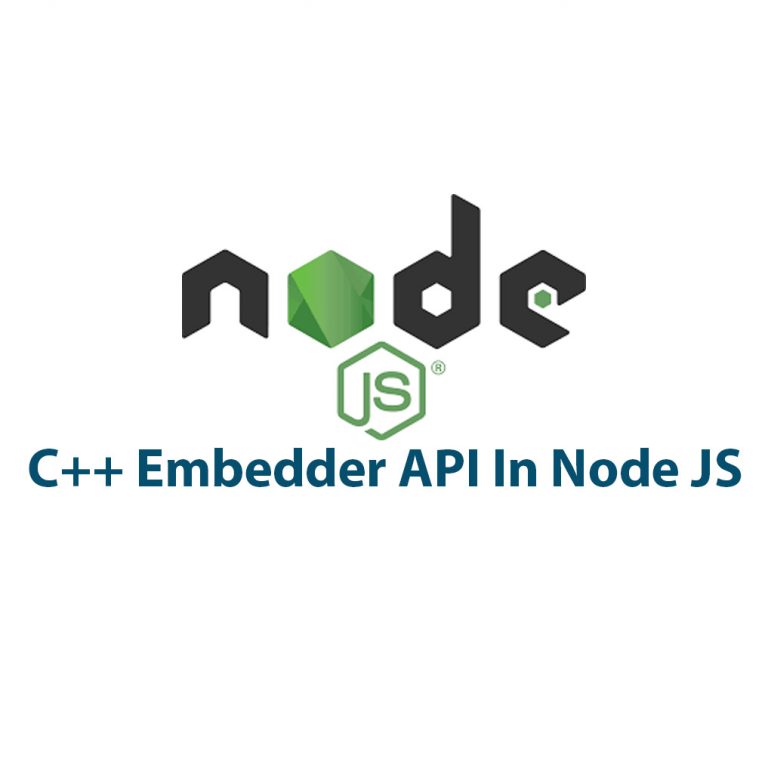
C++ Embedder API With Node JS
Introduction: As a programmer, I have always been fascinated with the power of NodeJS. It is a popular JavaScript runtime that can be used for server-side scripting. The beauty of NodeJS is that it allows for easy handling of I/O operations. However, sometimes the complexities of a project may go beyond just JavaScript coding, and […]
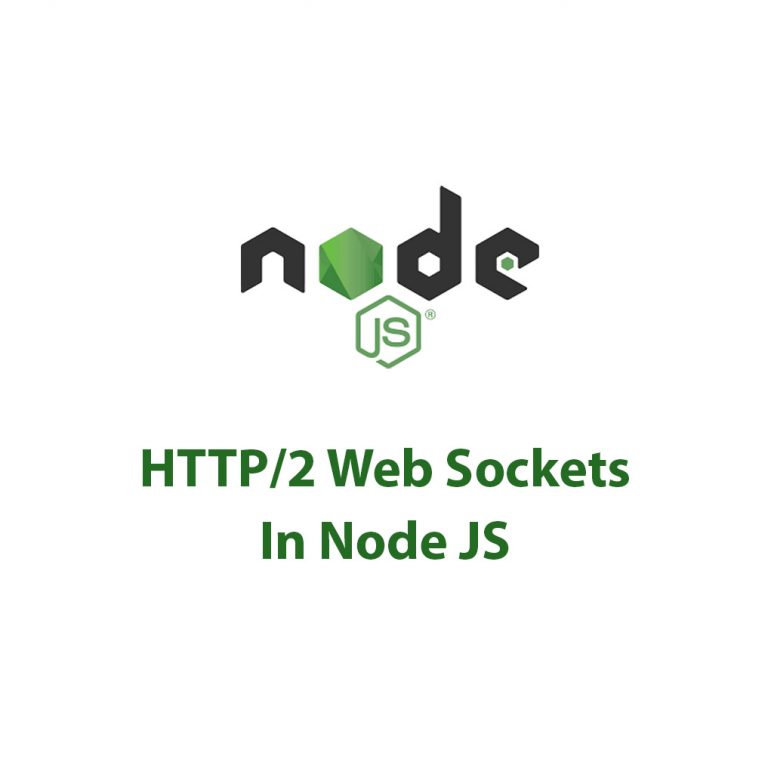
Working With HTTP/2 (Web Sockets) In Node JS
Introduction As a web developer, I’m always on the lookout for improvements in the technology that drives our web applications. Lately, HTTP/2 and WebSockets are getting a lot of attention for their potential to enhance web browsing experiences and make web applications even faster and more dynamic. Both of these specifications are a departure from […]
Asynchronous Context Tracking With Node JS
As someone who has spent a lot of time working with Node JS, I have come to understand the importance of Asynchronous Context Tracking in the development of high-performance applications. In this article, I will explore the concept of Asynchronous Context Tracking with Node JS, its advantages, techniques, challenges and best practices. Before we dive […]
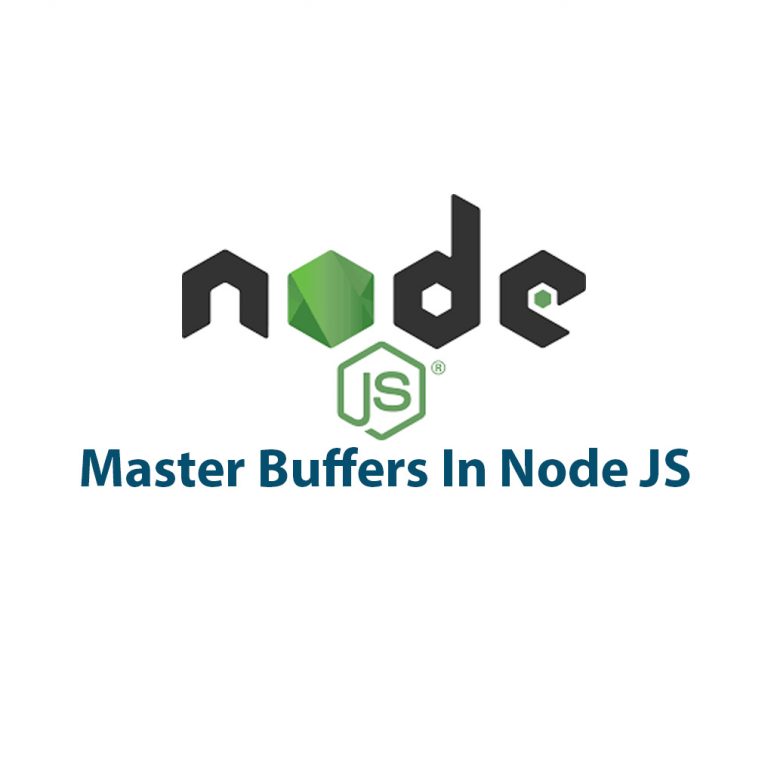
Mastering Buffers In Node JS
As someone who is just getting started with Node JS, hearing about buffers might be a bit confusing at first. What are they exactly, and why should you care about them? I know I was pretty perplexed by this concept when I first started working with Node JS. However, once I understood what buffers were […]
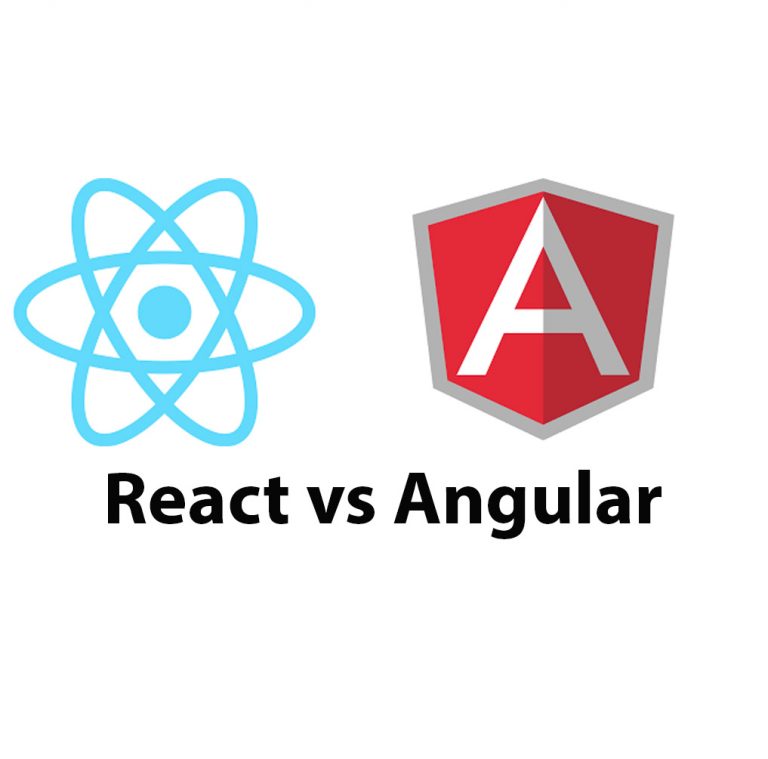
React JS vs Angular: A Comprehensive Guide
Introduction Web development has come a long way since the earlier days of static HTML pages. Web applications have become more dynamic, interactive and more like native applications. This transformation has brought about the rise of JavaScript frameworks and libraries, which have become essential in building web applications. However, choosing between these libraries or frameworks […]

